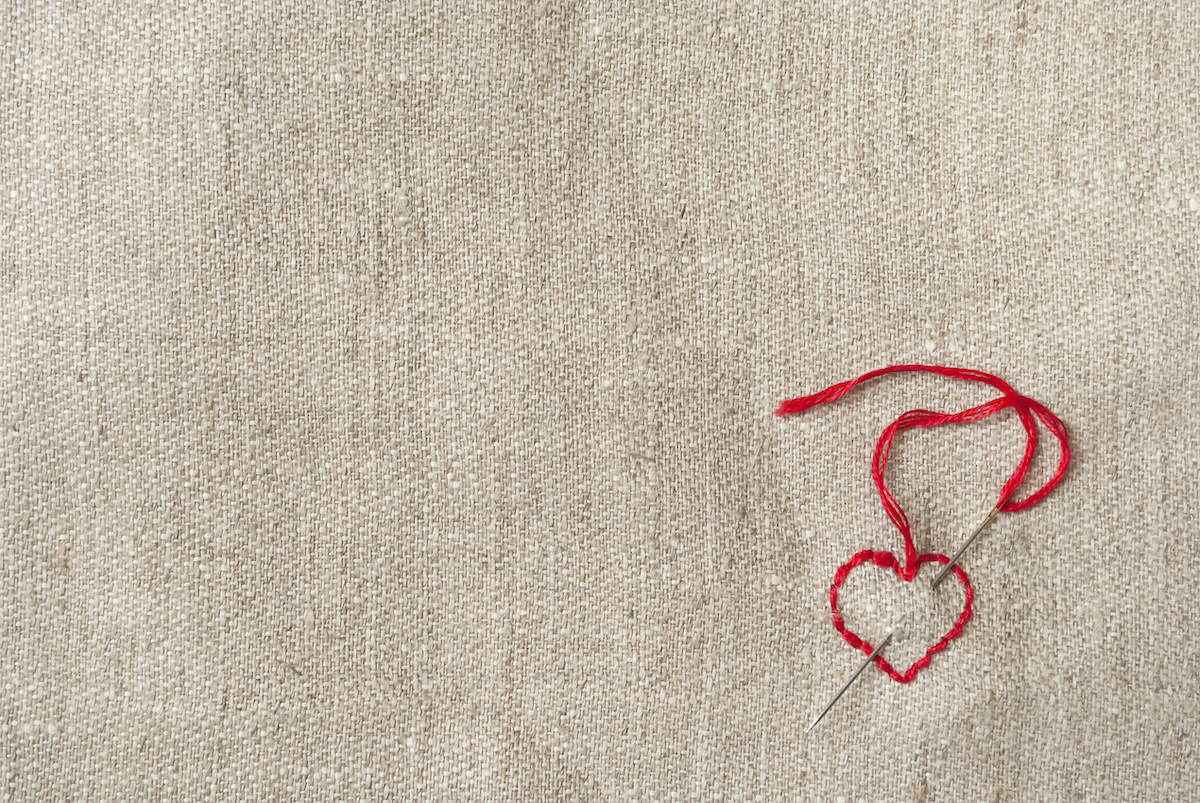
Maintaining the balance of creating and consuming is something that I know is beneficial to my mental wellbeing, but it’s not so easy to put into practice. In the last few weeks I’ve noticed that my consumption has drastically outweighed my output.
I’ve barely touched my book that I started before the lockdown, The Road to Jonestown, a detailed history of the events that lead to the Jonestown Massacre – it’s like my mind cannot take in any more information about death and disaster.
Mental energy feels very precious right now, so it seems difficult to imagine spreading it any more thinly across creative endeavours. While I’ve been working fulltime outside of my home for the entire lockdown, I’ve been enjoying the weekends with no expectations of productivity. I’m also careful not to complain about boredom – there are many people, who, for a myriad of reasons, are unable to leave their house without the threat of a novel coronavirus. I’m continuing to reflect on my privilege and holding space for experiences other than my own.
I think Craftivism strikes the perfect balance – mindful creations that provide an outlet, while still maintaining the relaxing benefits that good old-fashioned crafting provides. Craftivism is a form of activism that is credited to the third-wave feminist movement. It is often underpinned by other anti-capitalist and environmentalist messages. Domestic crafts are often undervalued, compared to other fine art forms, but craftivists around the globe are fighting to be heard and seen.
My craft of choice is cross-stitching. I first learnt to cross-stitch in primary school: admittedly self-taught until my librarian took pity on me and gave me a crash course in how to complete my Winnie the Pooh pattern. I’m not sure I finished that piece, and if I’m honest – there aren’t that many that I have finished, but it’s something that I keep coming back to, almost two decades later. Bookmarks with stacked toads, or flower-adorned signs that say ‘home is where the heart is’ soon became boring when cross-stitch began to have its revival.
I first wanted to stitch counter-culture staples like skull and crossbones and vulgar catch phrases, but as I delved deeper, I saw that people were crafting pieces with meaningful messages. People were building entire communities, both on and offline, using the tradition of needlework to connect with other likeminded individuals. There are workshops where you can create together, much like a book club, and others are creating easy to follow kits to create yourself.
With the focus on reducing waste, many creators use second-hand materials, bringing new life to old pieces. One of my favourite examples was ‘Rita’s quilt’ where craftivist Shannon Downey (@badasscrossstitch) found an unfinished quilt at an estate sale and reached out to her large online following to help finish a 99-year-old woman’s quilt. Crafters from all over the United States eagerly embroidered one of the hundred hexagons each and sent them to be lovingly stitched together by more than 30 volunteer quilters.
I can’t guarantee I won’t cave and make a TikTok one day soon, but for now, exploring more analogue methods of creating is enough. For me, the most important thing when picking a creative outlet during this time is to make sure it adds more pleasure and not more pressure to your days. Nobody needs one more thing that they feel like they should be doing in the middle of a global crisis.
-----
Chanelle is a vegan, amateur athlete, social advocate, environmental enthusiast and blogger at mynameischanelle.com.

